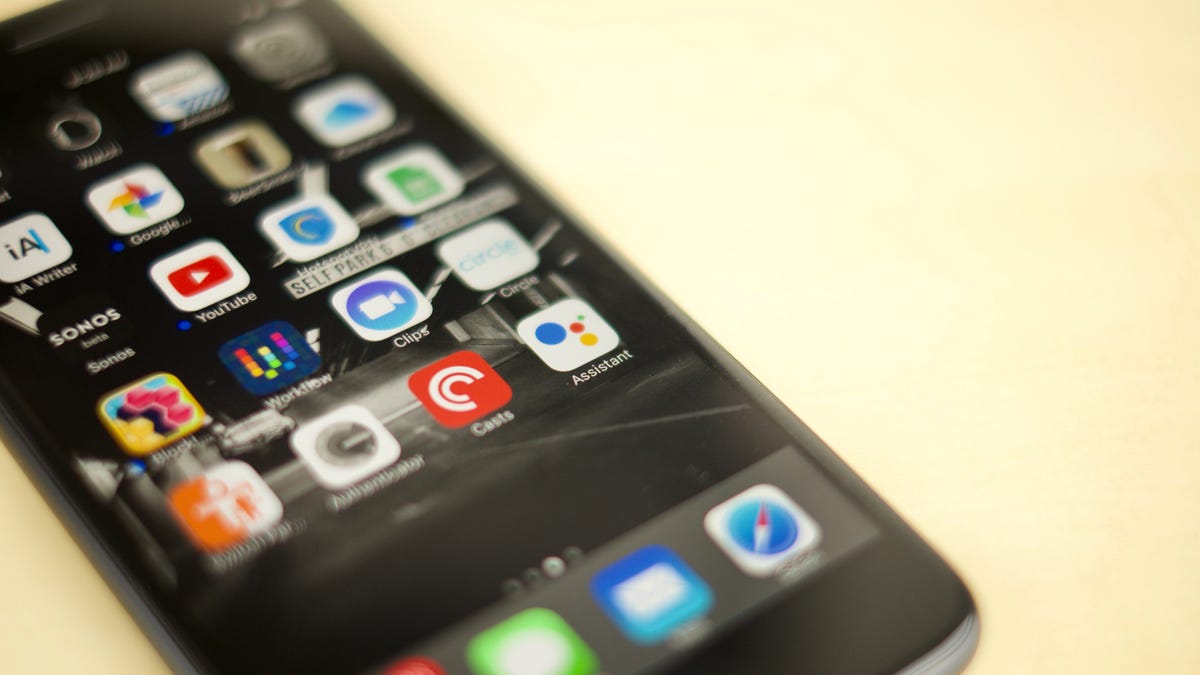Bye, Siri: 6 tips for using Google Assistant on the iPhone
Ready to kick Siri to the curb? Well now you can... kind of.

Google on Wednesday released a stand-alone Google Assistant app for the iPhone. It's the first time Google's assistant has been made available outside Google's Android and Google Home platforms.
You can't fully replace Siri with Google Assistant, but with a little patience you can use Google Assistant to get a lot done. Here are some tips for making the most of the app.
1. First, add a widget
Unlike the Android version, you can't wake your iPhone by saying "OK Google" to the Assistant. It's not Google's fault, though -- this is a limitation in iOS.
There is a way to quickly open Assistant and ask a question or give a command: Add the app to your list of widgets.
With the widget added, you can access Google Assistant from the lock or home screen with a swipe and a tap. It's not ideal, but it works.
To add a widget, view the Today screen by swiping to the right on your home screen. Scroll to the bottom of any widgets you currently have added, then tap on the Edit button. Find Your Google Assistant in the list and tap on the green button.
2. Talk or type your requests
Google now lets users talk or type messages to Assistant. The addition of typing was announced at I/O and is already available on the iPhone.
To talk to Assistant, open the app and tap on the microphone button. Notice the keyboard button to the left? Tap on it to begin typing.
When typing, don't worry about sending complete sentences. For instance, "weather today" is more than enough for Assistant to understand what you need.
3. Get answers to basically anything
Google Assistant can do a lot -- from setting a reminder to placing a phone call to controlling your thermostat. It's hard to keep track of everything Google Assistant can and can't do, let alone remember it all, so Google's included an Explore section in the app to help you learn and remember what Assistant can do for you.
From the main screen of the app, tap on the filing cabinet icon (at least, I think that's what it looks like) in the top-right corner.
The Explore tab will open, where you can scroll through cards and categories of example commands.
4. Get personalized information
Next to the Explore tab is another one called Your Stuff. This tab is where you will find a list of reminders, your upcoming agenda, shopping list and shortcuts.
In addition to having all of your upcoming appointments and reminders in one place for you to monitor, you can also manually add or enter items from this screen.
5. Experiment with Shortcuts
Shortcuts are new to Google Assistant and something I haven't quite got the hang of yet, but they have a ton of potential.
Essentially you can create your own command, such as "I'm running late" and Google Assistant will complete a series of actions.
Using the last example, you can have Google Assistant automatically text your spouse or friend that you are running late without going through the process of "OK Google, text my partner" then having to go through the body of the message. It's one command on you're done.
Google has a lot of different examples listed in the Shortcuts section of the app. Use those examples, or create your own.
6. Where is the Settings menu?
It's odd that Google somewhat hid the Settings menu in the Assistant app, but it's there and it's an important part of Google Assistant overall. To find it, open the app tap on the file cabinet icon then the three-dot icon to the right of the Your Stuff tab.
Ah ha! There's the Settings option. Tap it.
Why is the Settings section so important? Because not only is this where you can add personal and payment info for ordering items with Google Assistant, but this is where you link outside accounts and services to Assistant.
For example, this is where you go to connect Spotify for music streaming or your Nest thermostat for voice control, and so on.
Google Assistant on iOS may not be able to replace Siri, but if you own a Google Home or already rely heavily on Google services, then it only makes sense to use the Assistant on your iPhone.

